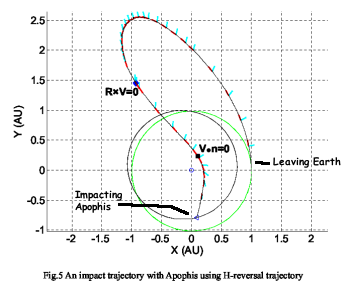Orbital tug startup ExLabs plans mission to asteroid Apophis in 2028
The orbital tug startup Exploration Labs (ExLabs) has announced it is planning to use its tug to deliver three cubesats on a rendezvous mission to asteroid Apophis in 2028, shortly before the asteroid does a close fly-by of Earth in April 2029.
The article at the link provides no other information about this mission. In searching the web I was unable to find anything further. It seems this mission is at present nothing more than a proposal, issued at this time mostly for public relations purposes to showcase the abilities of its proposed orbital tug, presently under development.
This conclusion does not mean the mission won’t happen, only that it is very far from a reality.
The orbital tug startup Exploration Labs (ExLabs) has announced it is planning to use its tug to deliver three cubesats on a rendezvous mission to asteroid Apophis in 2028, shortly before the asteroid does a close fly-by of Earth in April 2029.
The article at the link provides no other information about this mission. In searching the web I was unable to find anything further. It seems this mission is at present nothing more than a proposal, issued at this time mostly for public relations purposes to showcase the abilities of its proposed orbital tug, presently under development.
This conclusion does not mean the mission won’t happen, only that it is very far from a reality.




